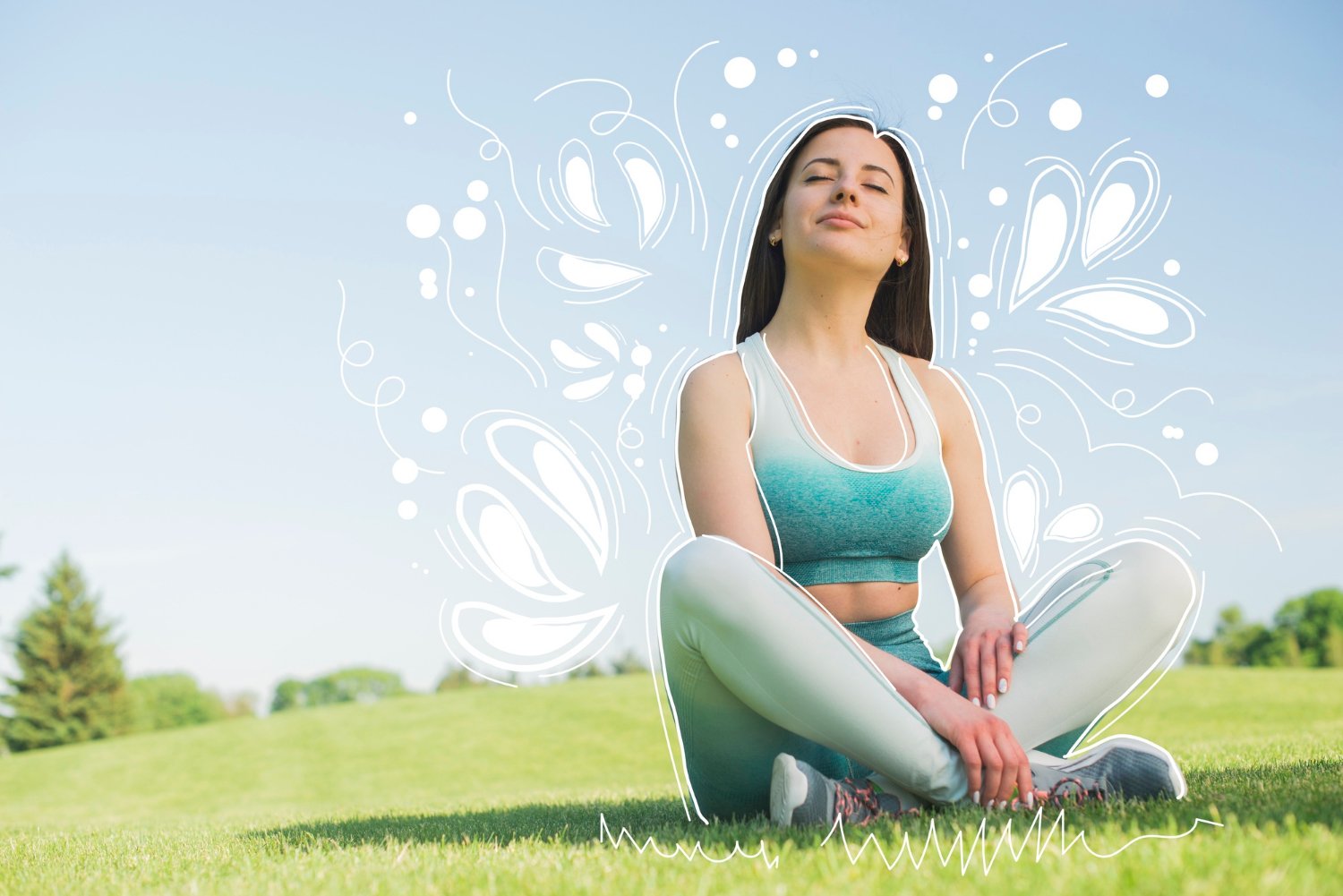Remove Toxins from Your Body: The Ultimate Guide to a Healthier, Cleaner You
In today’s fast-paced world, our environment and daily habits expose us to a host of toxins—from polluted air to chemical additives in food and water. These harmful substances can affect our health over time, leading to inflammation, chronic diseases, and overall reduced well-being. At The Influential Today Magazine, we believe that taking control of your health begins with understanding and reducing your toxic load. This comprehensive guide explains what toxins are, how they affect your body, and offers actionable, evidence-based strategies for detoxification.
What Are Toxins and Why Should You Care?
Toxins are substances that can harm your body’s normal functioning. They enter our system through the air we breathe, the water we drink, and the food we eat. Research has revealed that even low-level exposure over long periods can disrupt hormonal balance, damage cells, and contribute to chronic illnesses.
Everyday Sources of Toxins
- Airborne Pollutants: Fine particulate matter (PM2.5) from traffic emissions and industrial processes can deeply penetrate lung tissues, leading to systemic inflammation and oxidative stress. Research by Thangavel, Park, and Lee (2022) demonstrates how these particles are linked to adverse health outcomes.
- Heavy Metals: Elements like lead, mercury, and cadmium are pervasive in our environment. They interfere with vital biochemical processes by competing with essential proteins, as discussed in studies by Witkowska, Słowik, and Chilicka (2021).
- Endocrine Disruptors: Chemicals such as Bisphenol A (BPA) mimic hormones and disrupt the endocrine system. Vasiljevic and Harner (2021) have noted the extensive presence of BPA and its analogues in both outdoor and indoor air.
- Microplastics and Chemical Additives: Emerging research suggests that microplastics, combined with industrial additives, may have long-term health impacts. Campanale and colleagues (2020) provide an in-depth look at these effects.
How Toxins Impact Your Health
Understanding the mechanisms by which toxins affect your body is critical for appreciating why detoxification is necessary. Here are the main ways toxins cause harm:
Oxidative Stress and Chronic Inflammation
When toxins enter the body, they often trigger oxidative stress—a condition where harmful free radicals outnumber protective antioxidants. This imbalance damages cells, leading to chronic inflammation, which is a common pathway in many diseases. Antioxidant-rich foods, such as fruits and vegetables, are vital in neutralizing these free radicals. Studies by Carlsen and colleagues (2010) highlight the role of natural antioxidants in mitigating oxidative stress.
Overburdening the Liver’s Detox System
The liver is the body’s primary detoxification hub. However, when overwhelmed by toxins, its ability to filter and process harmful substances diminishes. Research by Hodges and Minich (2015) illustrates how certain nutrients can support liver enzymes, enhancing their capacity to manage and eliminate toxins effectively.
Cellular Damage and Disease Onset
Persistent toxin exposure can result in cellular damage, paving the way for chronic illnesses. For instance, heavy metals have been associated with neurological disorders and cardiovascular disease. Recent studies by Zhang et al. (2024) and Pan et al. (2024) further link heavy metal accumulation with immune system disruptions and chronic health conditions.
4 Science-Backed Strategies to Remove Toxins from Your Body
While completely eliminating toxin exposure is impossible, you can take several steps to reduce your body’s toxic burden and improve overall health.
1. Embrace a Clean, Whole Foods Diet
The food you eat plays a pivotal role in reducing your toxin load.
- Opt for Organic Produce: Organic fruits and vegetables reduce your exposure to pesticides and chemical additives.
- Boost Your Antioxidant Intake: Incorporate antioxidant-rich foods—like berries, leafy greens, nuts, and seeds—to combat oxidative stress. Research by Pruteanu et al. (2023) confirms the protective power of antioxidants.
2. Stay Hydrated and Utilize Natural Diuretics
Water is essential for flushing toxins out of your system.
- Drink Plenty of Water: Adequate hydration supports kidney function, which is critical for toxin elimination.
- Incorporate Herbal Teas: Herbal teas, such as dandelion or green tea, not only hydrate but also possess natural detoxifying properties.
- Lemon Water: Adding lemon juice to water can stimulate digestion and further promote detoxification.
3. Support Liver Function with Targeted Nutrients
Since the liver is central to detoxification, supporting its function is paramount.
- Eat Cruciferous Vegetables: Vegetables like broccoli, kale, and Brussels sprouts contain sulforaphane—a compound known for its detox properties. Cascajosa-Lira et al. (2024) have documented sulforaphane’s effectiveness in protecting the liver.
- Consider Milk Thistle (Silymarin): Milk thistle is renowned for its liver-protective benefits. Studies by Gillessen and Schmidt (2020) underline silymarin’s role in repairing liver cells and boosting detox pathways.
4. Engage in Regular Physical Activity
Physical exercise not only improves overall fitness but also aids in detoxification.
- Promote Sweating: Activities that induce sweating, such as cardiovascular workouts or sauna sessions, help expel toxins through the skin.
- Enhance Metabolic Processes: Regular exercise improves blood circulation and metabolism, ensuring that your body’s detox organs are working optimally.
Lifestyle Tweaks to Minimize Toxin Exposure
Beyond diet and exercise, small lifestyle changes can significantly reduce your exposure to toxins.
Improve Indoor Air Quality
Many toxins originate indoors, making air quality a critical factor.
- Invest in Air Purifiers: High-quality air purifiers can remove particulate matter and volatile organic compounds (VOCs) from your home.
- Introduce Houseplants: Some houseplants naturally filter the air by absorbing pollutants.
Filter Your Drinking Water
Tap water can contain trace levels of heavy metals and chemicals.
- Use Activated Carbon Filters: These filters are effective in removing chlorine, lead, and other contaminants.
- Consider Reverse Osmosis Systems: For a higher level of filtration, reverse osmosis systems can provide cleaner, safer drinking water.
Choose Cleaner Consumer Products
Everyday products—from cleaning supplies to personal care items—can contribute to toxin exposure.
- Opt for Natural Products: Whenever possible, choose organic or eco-friendly personal care and cleaning products.
- Ensure Proper Ventilation: Good air circulation in your living spaces can reduce the concentration of indoor pollutants.
The Role of Supplementation in Detoxification
For many, diet and lifestyle changes may need to be complemented with targeted supplements.
Antioxidant Supplements
Antioxidants are key to neutralizing free radicals generated by toxin exposure.
- Popular Choices: Vitamin C, vitamin E, and glutathione supplements can bolster your body’s antioxidant defenses.
Probiotics
A healthy gut microbiome supports detoxification by aiding digestion and enhancing immune function. Probiotic supplements can help maintain this critical balance.
Chelation Therapy
For individuals with significant heavy metal exposure, chelation therapy—a treatment that binds and removes heavy metals—might be recommended. Always consult with a healthcare professional before beginning any chelation regimen.
Integrating Detox Practices into Your Daily Routine
Long-term detoxification is not a one-time fix but a continuous commitment to a healthier lifestyle. Here are a few tips to make detox a sustainable part of your life:
- Start Gradually: Introduce detox-friendly foods and habits slowly to give your body time to adjust.
- Plan Balanced Meals: Incorporate a variety of whole, nutrient-dense foods into your diet to maintain steady detoxification.
- Be Consistent: Regular exercise, proper hydration, and mindful product choices will yield the best long-term results.
- Track Your Progress: Keeping a wellness journal can help you monitor changes in energy levels, digestion, and overall health, allowing you to refine your detox strategy as needed.
Emerging Trends and Future Directions in Detoxification
The science of detoxification is ever-evolving. Recent studies continue to unveil new insights into how toxins affect our bodies and how we can best combat them:
- Advanced Research on Particulate Matter: Ongoing studies are delving deeper into how fine particulate matter (PM2.5) contributes to chronic diseases, emphasizing the need for improved environmental controls.
- Heavy Metals and Chronic Disease: Emerging evidence links heavy metal exposure to a host of chronic conditions, reinforcing the importance of antioxidant intake and detox support.
- Innovative Nutritional Interventions: Research into compounds like sulforaphane and silymarin promises to offer new avenues for supporting the liver’s detox functions.
As scientific research advances, integrating these new findings into everyday practices will further empower you to reduce your toxic load and enhance your overall health.
Conclusion
Detoxification is more than just a trend—it’s a crucial component of long-term health. By adopting a clean, whole foods diet, staying hydrated, supporting liver function, and incorporating regular physical activity, you can actively reduce your body’s toxin burden. Additionally, making smart lifestyle choices—like improving indoor air quality and using clean consumer products—further shields you from environmental toxins.
At The Influential Today Magazine, our mission is to equip you with practical, research-based advice to help you lead a healthier, toxin-free life. Start your detox journey today and empower yourself with the knowledge and strategies needed to safeguard your well-being.
Embrace these scientifically backed practices and commit to a cleaner, healthier future. Remember, the journey to wellness is continuous—and every step you take matters.
References:
- Thangavel, P., Park, D., & Lee, Y.C. (2022). Recent insights into particulate matter (PM(2.5))-mediated toxicity in humans: an overview.
- Witkowska, D., Słowik, J., & Chilicka, K. (2021). Heavy Metals and Human Health: Possible Exposure Pathways and the Competition for Protein Binding Sites.
- Vasiljevic, T. & Harner, T. (2021). Bisphenol A and its analogues in outdoor and indoor air: Properties, sources and global levels.
- Campanale, C., Massarelli, C., Savino, I., Locaputo, V., & Uricchio, V.F. (2020). A Detailed Review Study on Potential Effects of Microplastics and Additives of Concern on Human Health.
- Zhang, H., Wang, J., Zhang, K., et al. (2024). Association between heavy metals exposure and persistent infections: the mediating role of immune function.
- Pan, Z., Gong, T., & Liang, P. (2024). Heavy metal exposure and cardiovascular disease.
- Carlsen, M.H., Halvorsen, B.L., Holte, K., et al. (2010). The total antioxidant content of more than 3100 foods, beverages, spices, herbs and supplements used worldwide.
- Pruteanu, L.L., Bailey, D.S., Grădinaru, A.C., & Jäntschi, L. (2023). The Biochemistry and Effectiveness of Antioxidants in Food, Fruits, and Marine Algae.
- Hodges, R.E. & Minich, D.M. (2015). Modulation of metabolic detoxification pathways using foods and food-derived components.
- Cascajosa-Lira, A., Prieto, A.I., Pichardo, S., Jos, A., & Cameán, A.M. (2024). Protective effects of sulforaphane against toxic substances and contaminants.
- Gillessen, A. & Schmidt, H.H.J. (2020). Silymarin as Supportive Treatment in Liver Diseases: A Narrative Review.
This ultimate guide offers you a wealth of practical advice and scientific insights to help you remove toxins from your body and pave the way for a healthier, cleaner lifestyle. Embrace these strategies and take proactive steps toward long-term wellness today!





